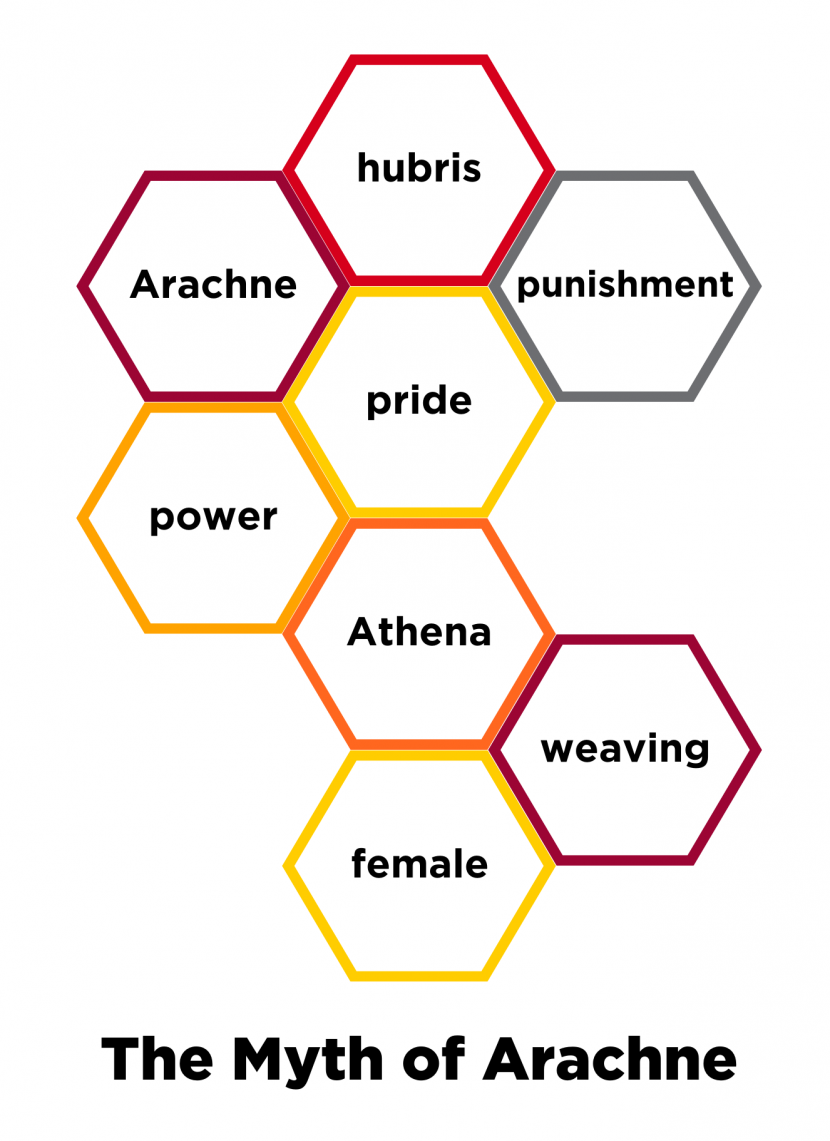Last semester, in pursuit of a new approach to class discussion – a tried and true learning activity, but one which can start to feel a bit stagnant after a while – I came across something interesting. It’s called hexagonal thinking.
Hexagonal thinking is essentially a visual way to create connections between concepts and elements of a specific topic. Each concept or element resides in a hexagon and the nature of its shape means that multiple connections can be made between them. These can be rearranged to form any number of links or associations, entirely driven by the learners and their own unique understanding of the topic.
My initial interest in hexagonal thinking was initially as a new approach to discussion in my classroom – hexagonal discussion – but this could easily be an individual activity as well. It could also be adapted for online learning, using different software (like this example.)
With a little preparation upfront creating the hexagons, you can then let your learners loose to create their own associations and connections within the topic under discussion. You could colour-code the hexagons according to specific categories (themes, for example.) Ask them to reflect on and explain some of the most interesting intersections, and you’ve taken the learning one step deeper. Hexagonal thinking has the potential to open up new avenues of inquiry, create conversation and debate, and make a great group activity.
If you’re looking for help or inspiration, there are lots of links and resources out there. I’d recommend starting with The Cult of Pedagogy. It explains everything simply, provides variations on the activity, gives suggestions about grading, and provides links to resources.
Hexagonal thinking isn’t new – it’s been used in the business world for brainstorming for a while now – but it can be a novel way to approach discussion or deeper thinking in your classroom. Are you interested in giving it a try? Tell me about it below!

References
Kreutzer, D. P. Hexagons: From Ideas to Variables. The Systems Thinker, vol. 8. n.d. https://thesystemsthinker.com/hexagons-from-ideas-to-variables/
Potash, B. Hexagonal Thinking: A Colourful Tool for Discussion. Cult of Pedagogy. 11 September 2020. https://www.cultofpedagogy.com/hexagonal-thinking/
Leave a Reply